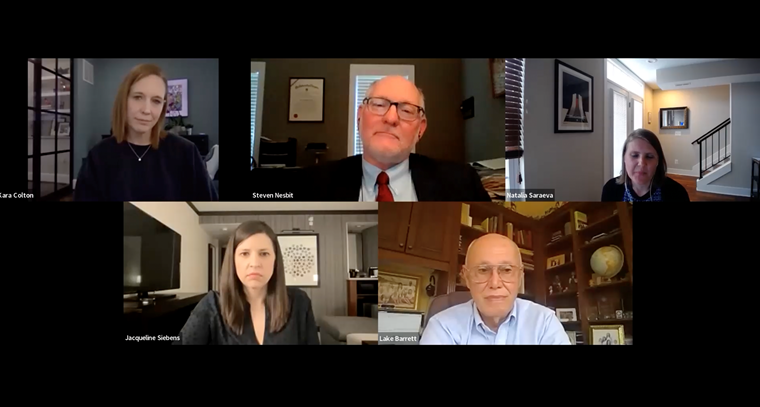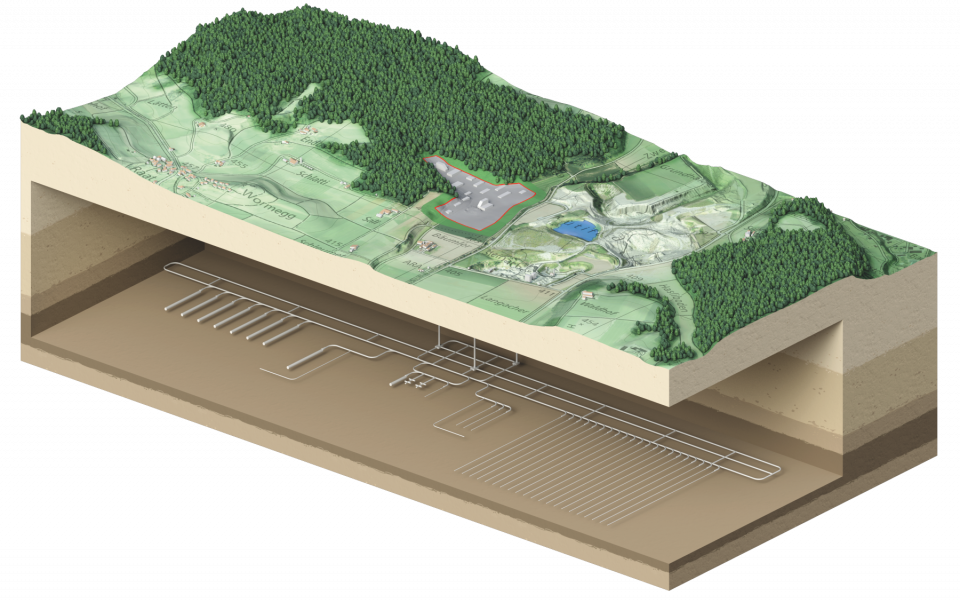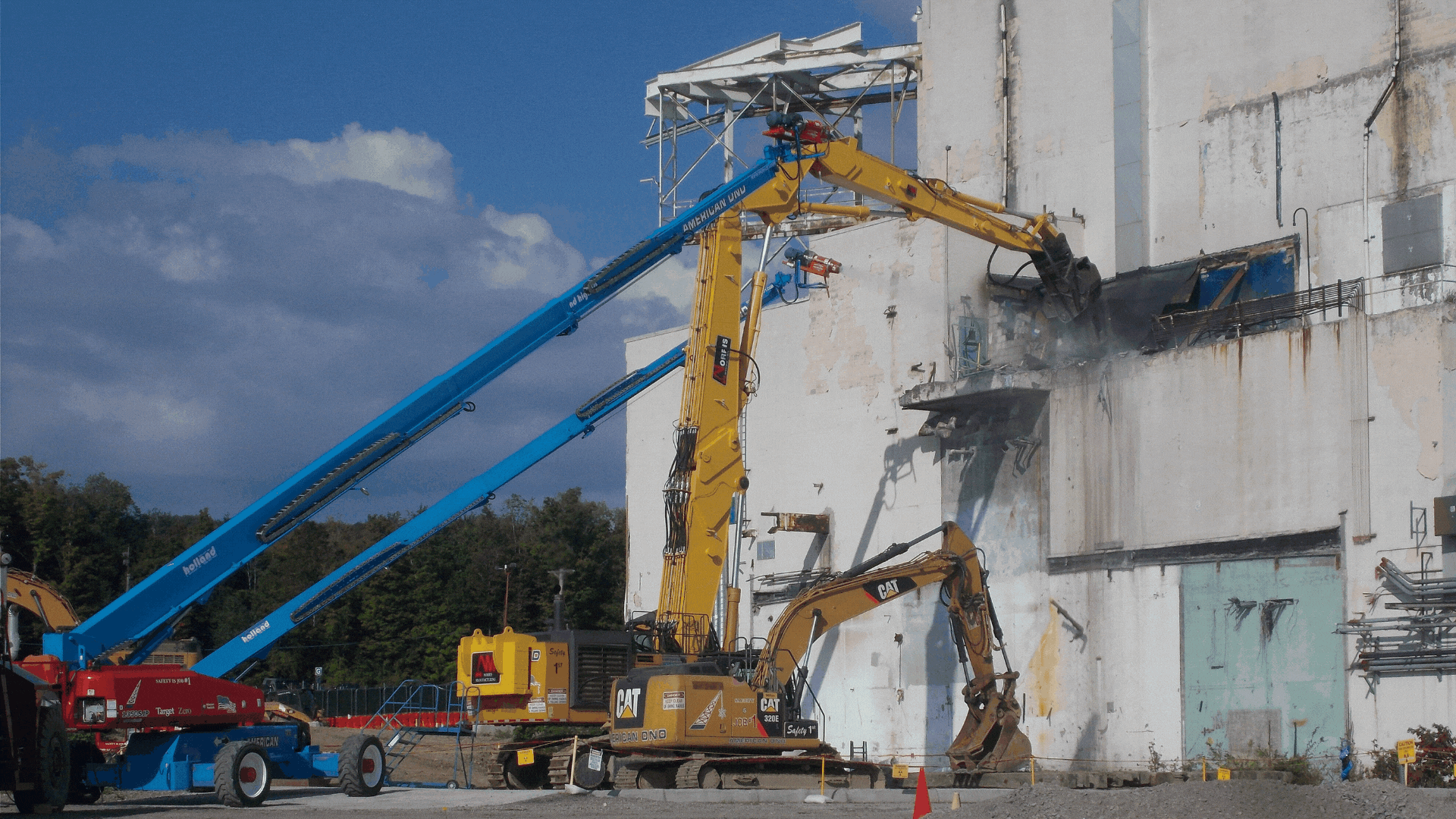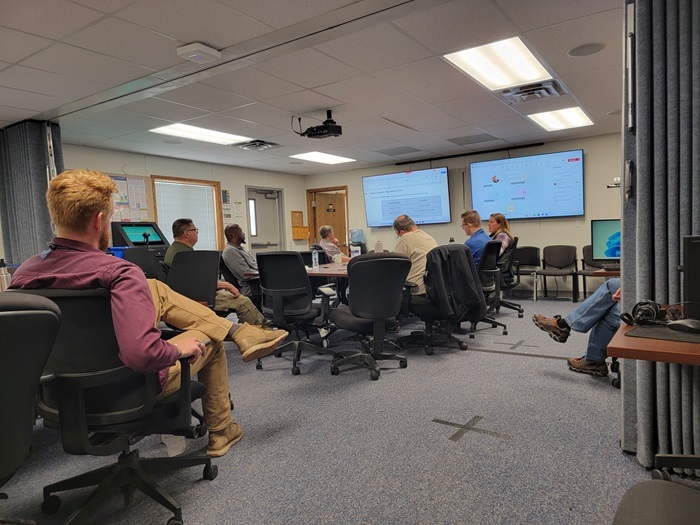Consent-based siting has “potential to succeed,” webinar panelists say

The Department of Energy’s new consent-based process for siting an interim storage facility for the nation’s spent nuclear fuel faces many challenges, but it could be successful if correctly implemented by the department, according to the panelists of the American Nuclear Society’s webinar “Spent Nuclear Fuel Management: Wasting Away or Chance for Progress?” ANS President Steve Nesbit moderated the webinar, held on March 23.
What they said: “I think that it has the potential to succeed, but I think that there are ways to bolster the process now and kind of keep the momentum going,” said panel member Kara Colton, director of nuclear policy at the Energy Communities Alliance (ECA), regarding the DOE’s consent-based siting effort.
As part of a larger waste management strategy, Colton pointed to the need for tying interim storage to a process for siting a permanent disposal site. “There is just too much that has gone poorly in the past to not link those two things,” she said. “Any host community should link [interim storage and permanent disposal] in a legally enforceable, consent-based siting agreement.”
Lake Barret, an independent consultant and former director of the Office of Civilian Radioactive Waste Management, maintained that consent-based siting cannot succeed if the DOE remains “politically constrained,” adding that the department needs to “reinvigorate” itself and reach out to communities with a broad range of opportunities under a public-private arrangement, such as a federal corporation. “I think it can be done and I think it is worth trying to do, but if it is the old traditional way, it will probably be unsuccessful,” he said.
Natalia Saraeva, detailee to the DOE’s Office of Nuclear Energy, provided an update on the department’s consent-based siting initiative and its request for information, which closed to comments on March 4. Saraeva said that the DOE received about 225 comments from the public, which the department is currently analyzing. “The analysis will help us to determine our next steps and to update the consent-based siting process,” she said, adding that the department hopes to clarify its broader strategy for an integrated management system and issue a funding opportunity for interest groups and communities later this year. Saraeva said that the DOE intends to release the comments in their entirety later this month.
Other opportunities: During the webinar, both Barrett and Colton noted that opportunity exists for co-locating nuclear waste management sites with other nuclear enterprises, including spent fuel reprocessing facilities. Noting that uranium is still relatively inexpensive, despite current events, Barrett said such co-located sites would make reprocessing more economically viable.
Colton, meanwhile, said co-located facilities would be attractive to potential host sites, particularly those that, like ECA communities, are familiar with nuclear technology and are interested in seeing it developed. “An integrated fuel cycle and waste management system is an idea worth pursuing and is definitely something we should do,” she said.
What about reprocessing? Regarding spent fuel reprocessing, panel member Jackie Siebens, director of government affairs for advanced reactor company Oklo, noted that her company is working with disposal company Deep Isolation on closing its fuel cycle. Siebens shared how Oklo is looking to license and build a facility that would recycle used commercial uranium to fuel its compact fast reactor, called Aurora.
A commercial-scale reprocessing facility, Siebens said, could potentially produce high-assay low-enriched uranium for less than the cost of new fuel. “You could essentially build plants for less than a dollar per watt,” she said. “It is really astonishing what we can do if we combine the fast reactor technology with this recycling model.”
Siebens said that Oklo plans to submit an application to license its recycling facility to the Nuclear Regulatory Commission in 2025, with the hope of beginning construction in 2027 or 2028.
Panel members also discussed environmental equity, who should be responsible for managing the nation’s commercial spent fuel—whether the DOE or some type of federal corporation—and the most likely scenarios regarding the future of the back end of the nuclear fuel cycle.
A recording of the entire spent fuel management webinar is available online to ANS members and the public.









